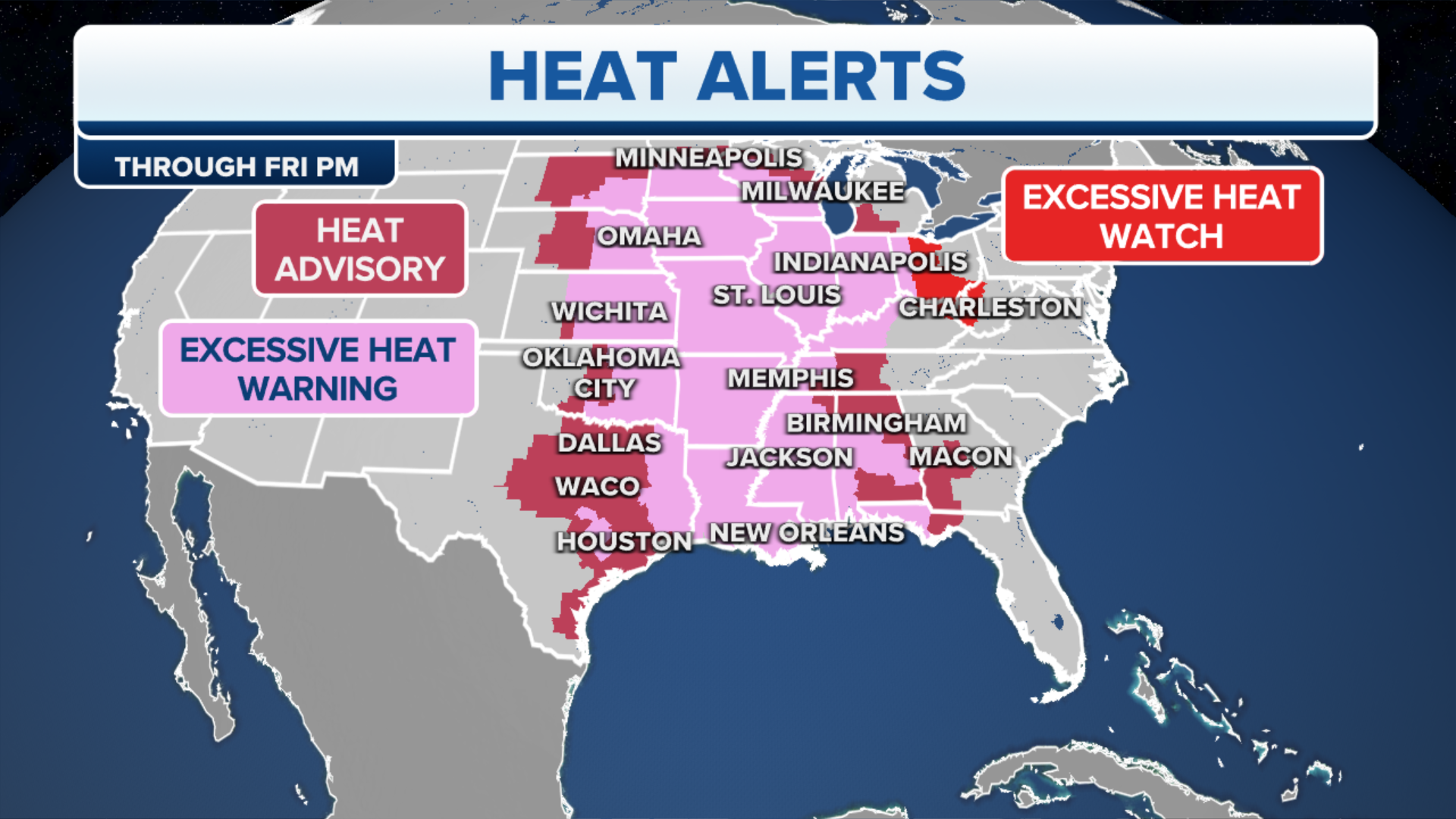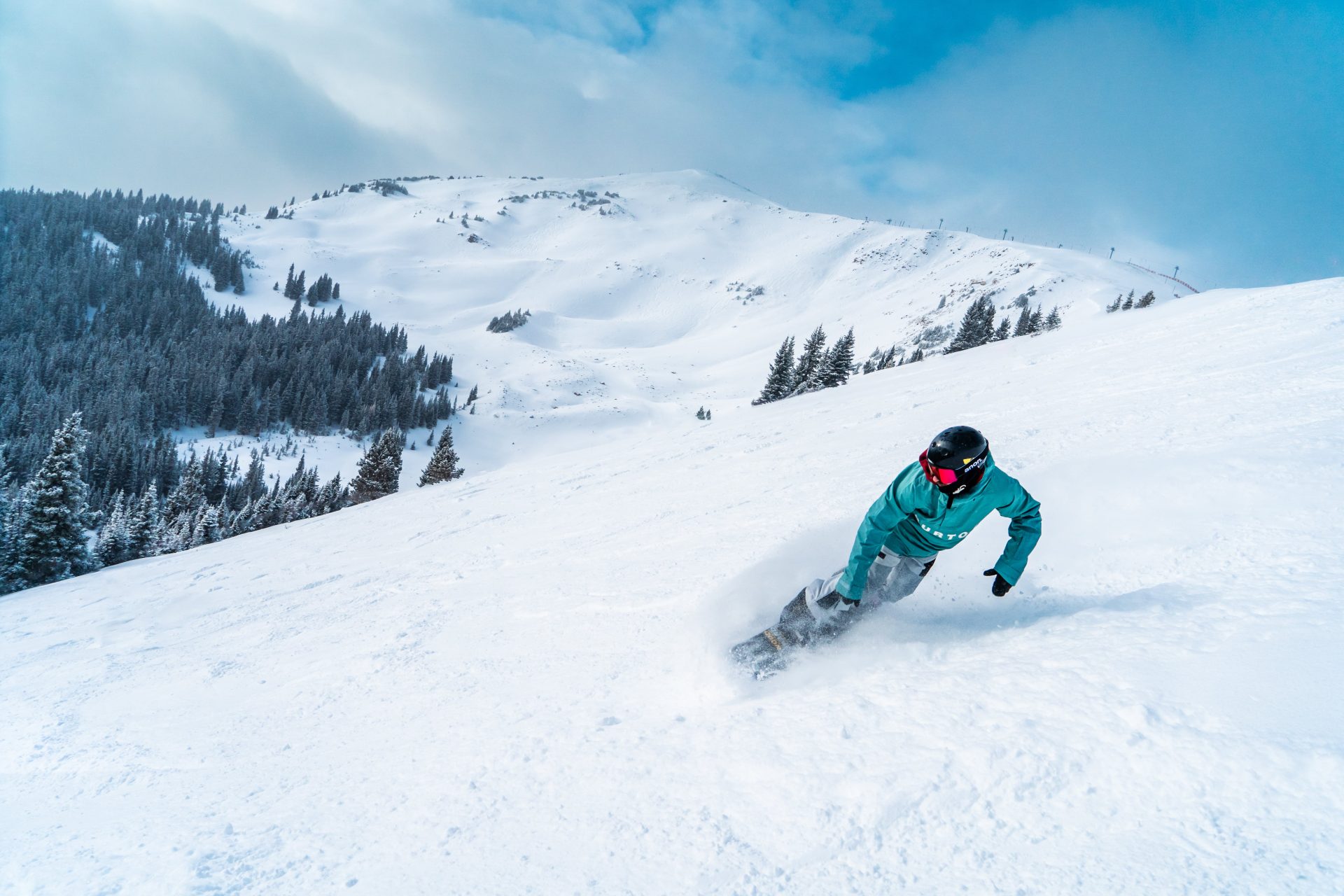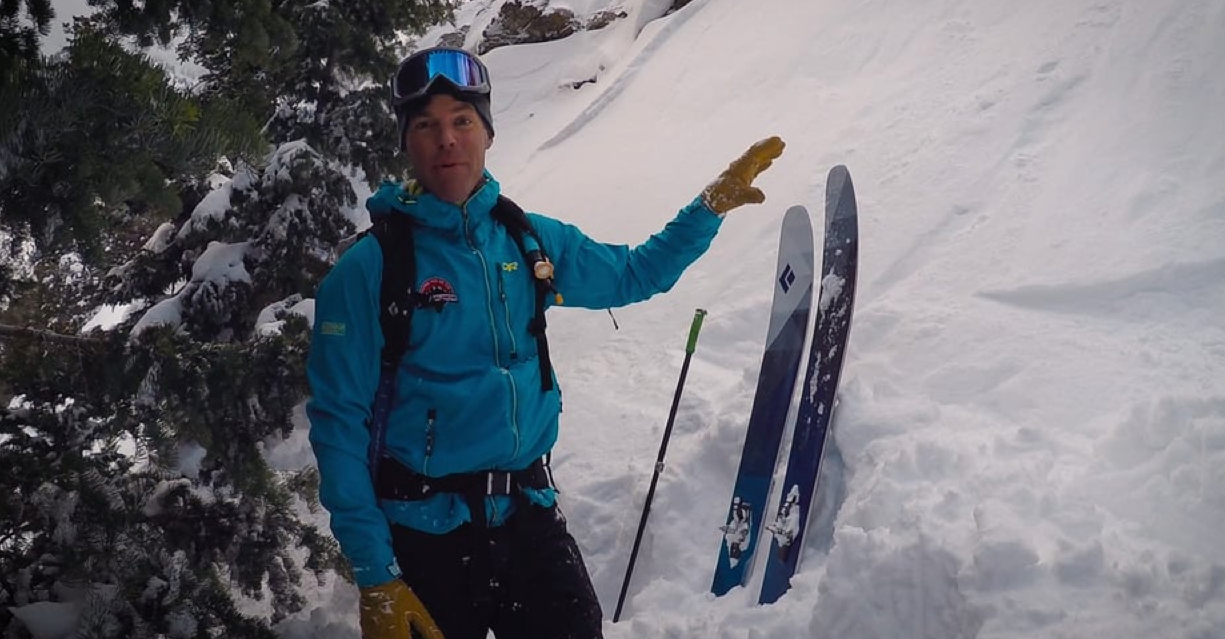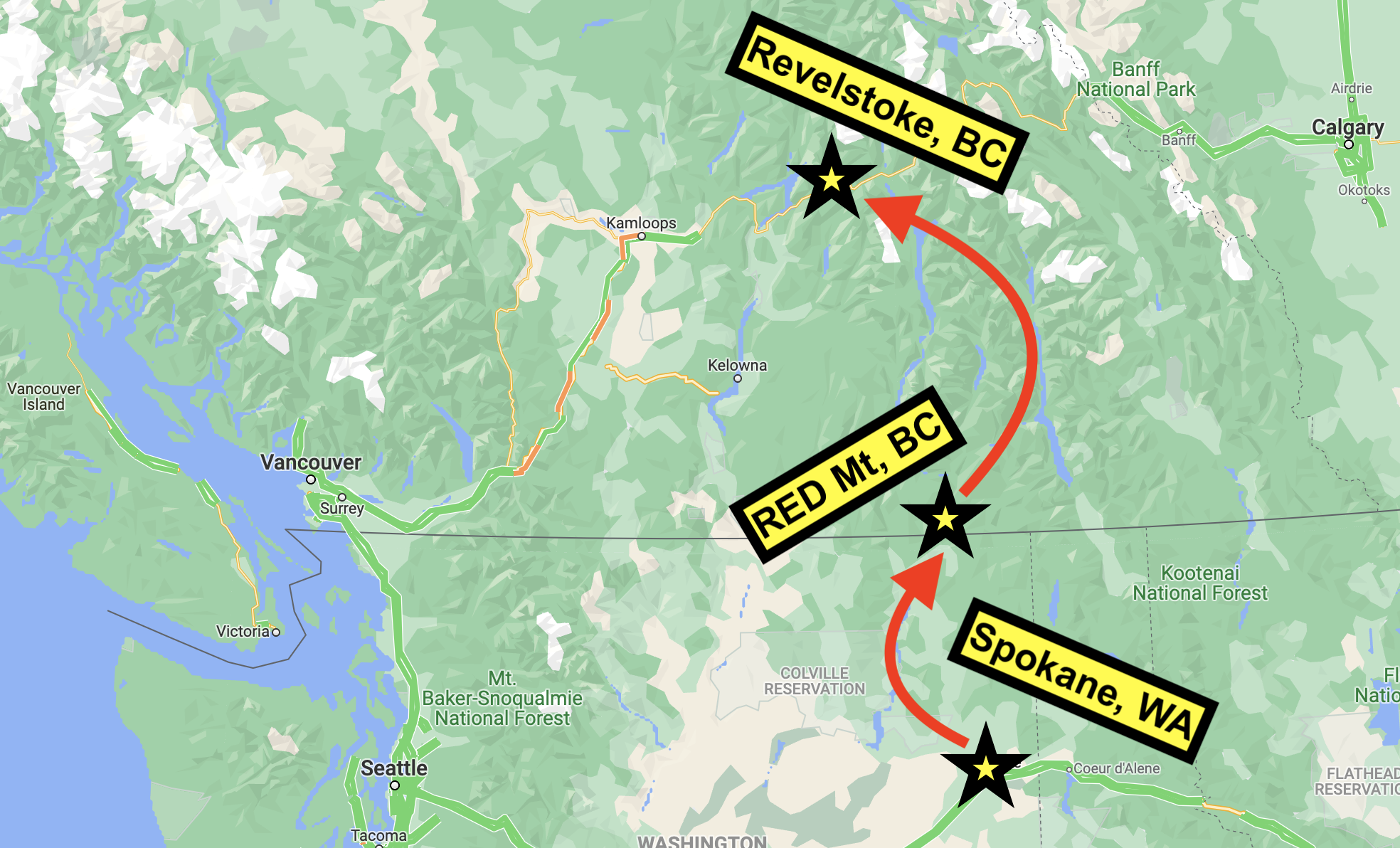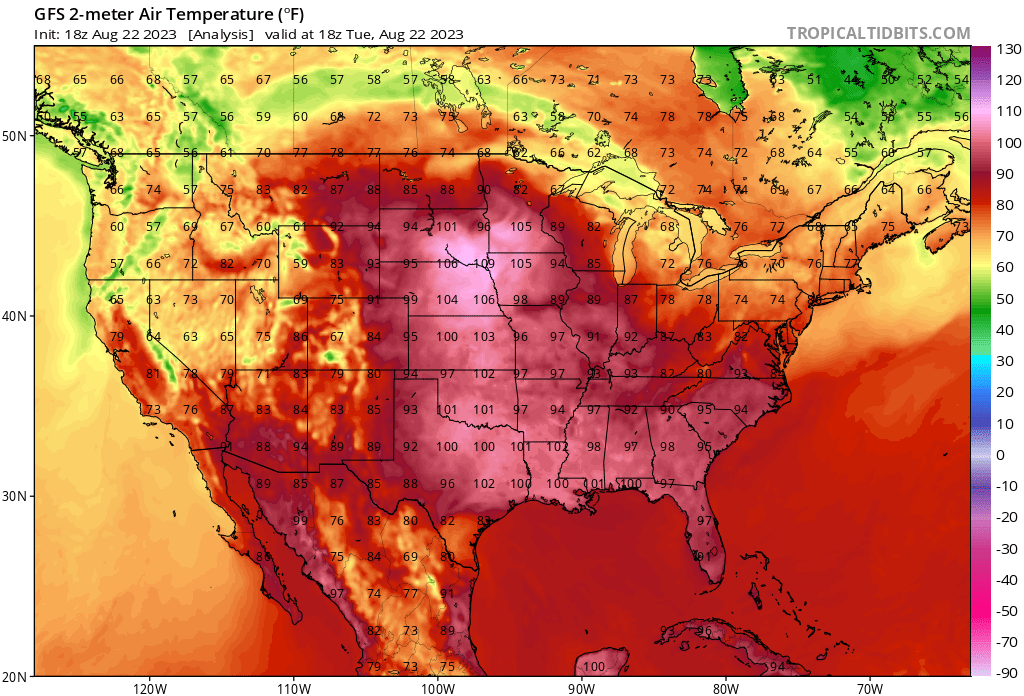
A Late-Summer Heatwave has been making its way across the United States and is in full effect in the Midwest. Temperatures as north as Minneapolis have soared to over 100℉ (38℃), some reaching close to 110℉ (43℃). This heat has surprised many since the northern part of the Midwest will start to cool down as summer transitions into fall. In addition, the humidity in the region has contributed to heat index values well over 120℉ (49℃). Schools have had to close due to the heat; over 130 million people are under excessive heat warnings.
The Midwest is used to extreme heatwave conditions during the summertime, and it’s normal to have days in the summer well over 95 (38℃) degrees, sometimes 100 (38℃). However, this late summer heat is abnormal and has broken over 100 heat records. Places like Chicago will face temperatures over 100 degrees, which hasn’t happened for over 10 years. Areas of Louisiana will also be dealing with long stretches of temperatures over 100.
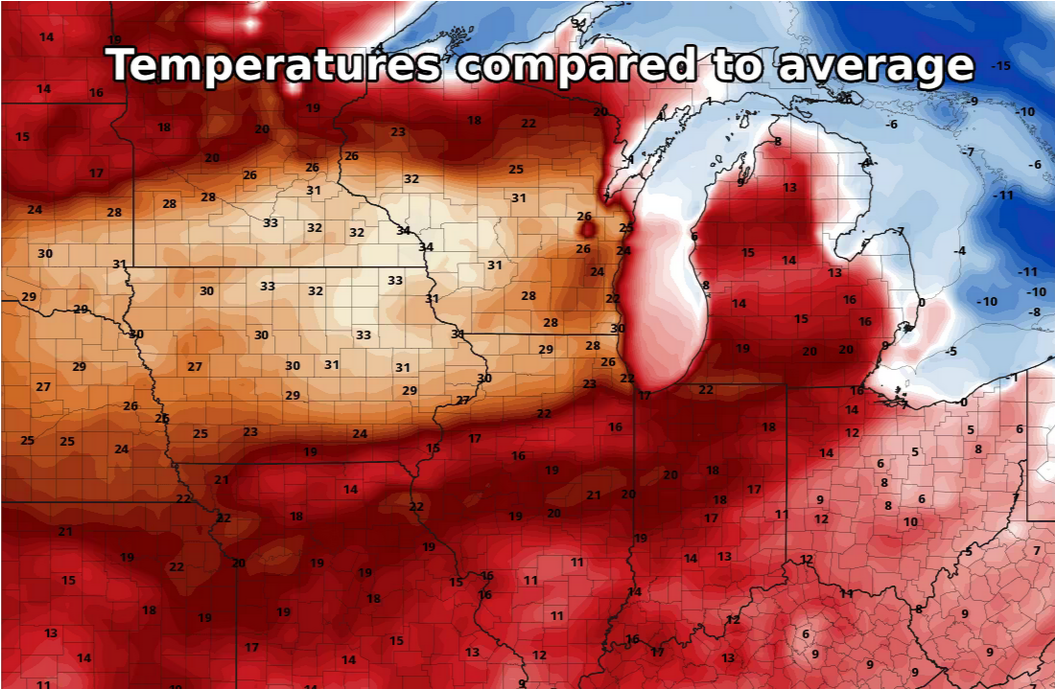
While some would expect temperatures to cool off at night, this has been far from the case during this heatwave. Cities such as Tulsa, Memphis, and Omaha have not fallen below 80℉ (27℃) during the night, creating difficulties for those who might not have access to air conditioning. Heat indexes have reached over 100 degrees as late as 10 p.m.
The heat is so detrimental to the Midwest partly because of the large agriculture industry and crop production there. When high temperatures and droughts are present, plants don’t grow as effectively. This can result in a large portion of the crop being wasted. We already saw this a bit last year in the Midwest when drought conditions were so horrible that corn crops began to shrivel up due to the heat. With this extreme heat, drought conditions, and above-average summer temperatures, it’s possible that crop yields could be much lower than average.
Hopefully, after this heatwave, temperatures will begin to cool down. The Midwest will finally be able to transition into fall. In the future, winter temperatures are likely above average for the region, meaning snow totals might be lower than usual.
